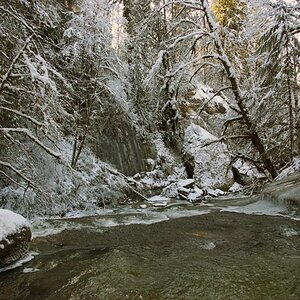TLH
TPF Noob!
- Joined
- Nov 5, 2017
- Messages
- 5
- Reaction score
- 1
- Can others edit my Photos
- Photos NOT OK to edit
I love taking family photos with the blurred background. I'm wondering if I should invest in getting a 50mm camera lens or keep my 55mm lens and just get a photo editing software? I'm really just a novice so I'm not sure what my next step should be.



![[No title]](/data/xfmg/thumbnail/39/39292-4169a355b794ae9735845c4ad45d06ff.jpg?1619738958)
![[No title]](/data/xfmg/thumbnail/39/39291-a89dc472765e04f66f617dd9acc8030d.jpg?1619738958)

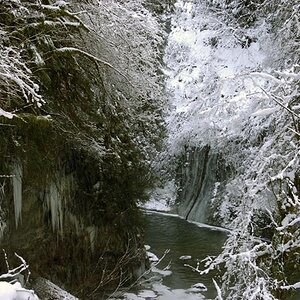
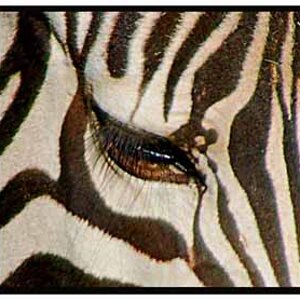
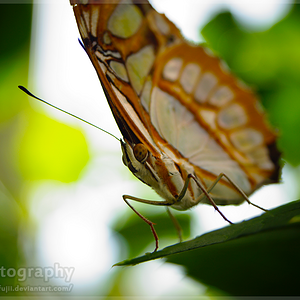
![[No title]](/data/xfmg/thumbnail/34/34064-66d345cd6eebe4b9f97597e03008d3b7.jpg?1619736260)
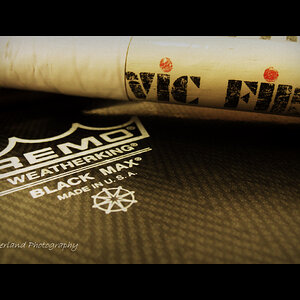
![[No title]](/data/xfmg/thumbnail/42/42034-6262420ff3ea238f05395bbcc7ae1f28.jpg?1619739985)
